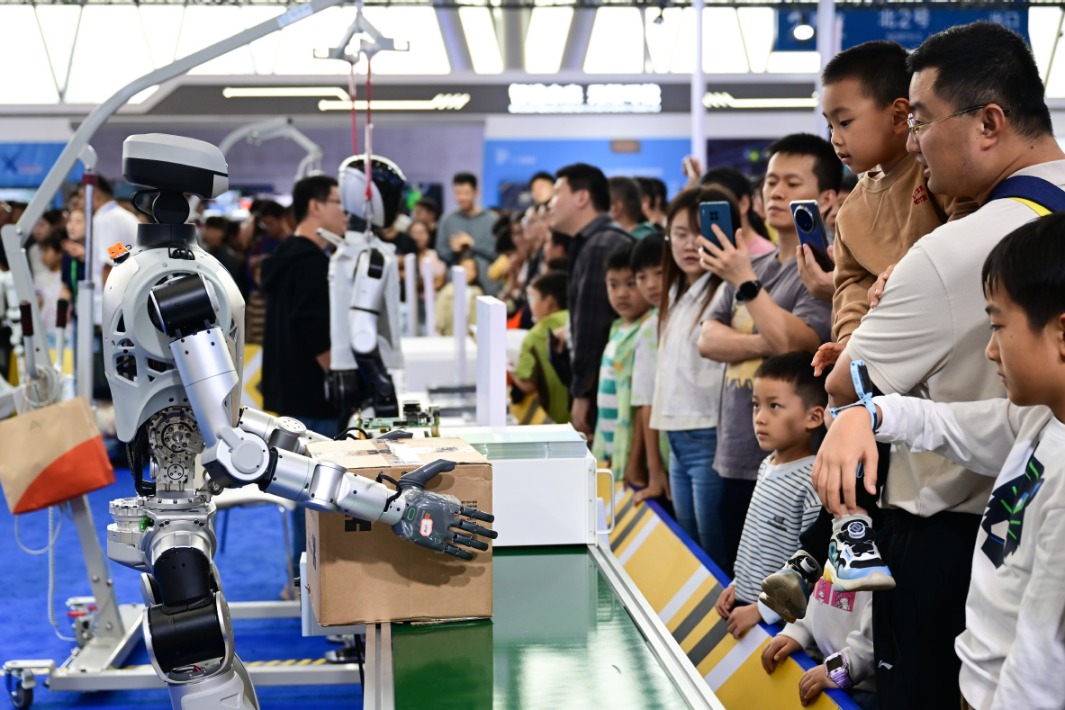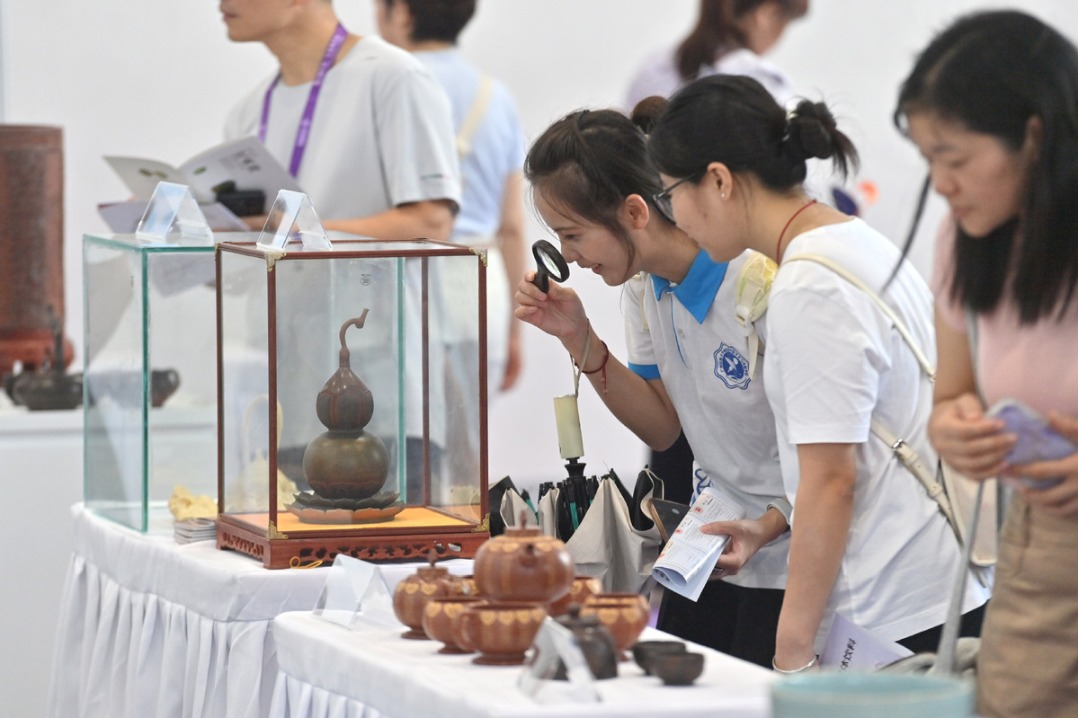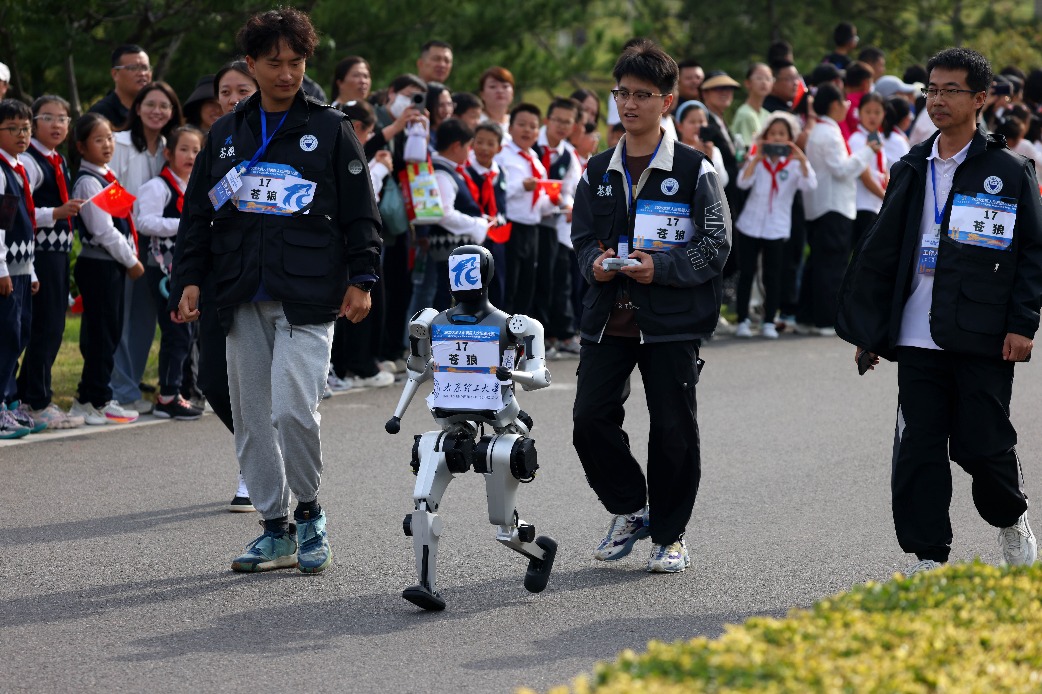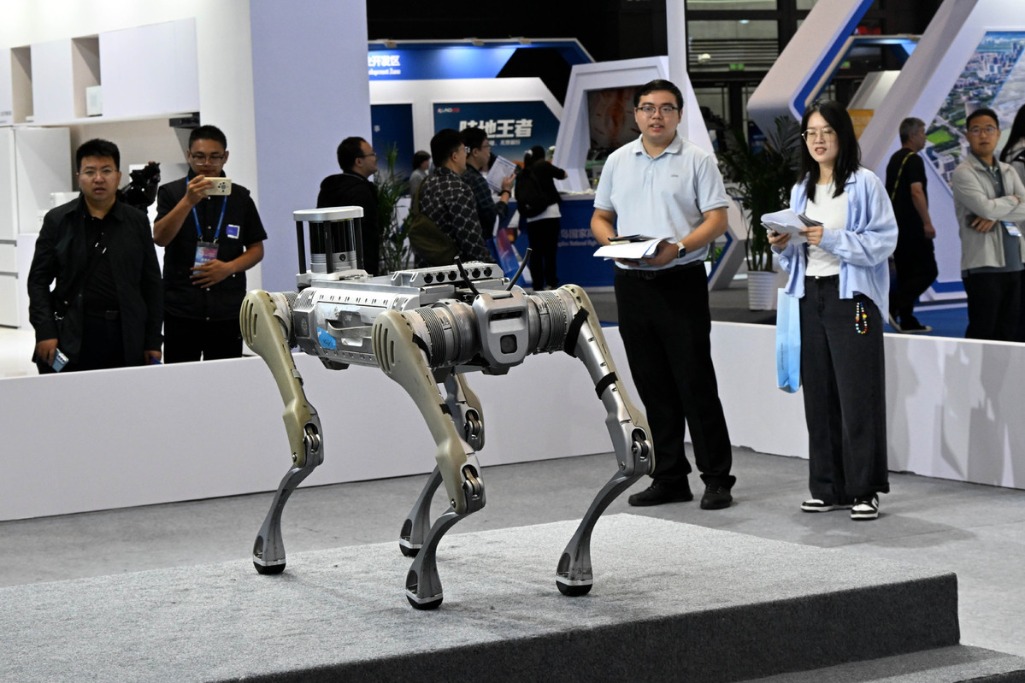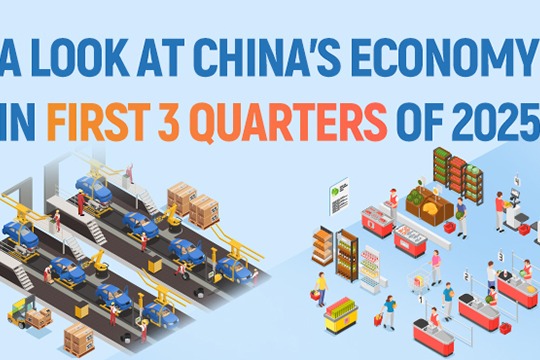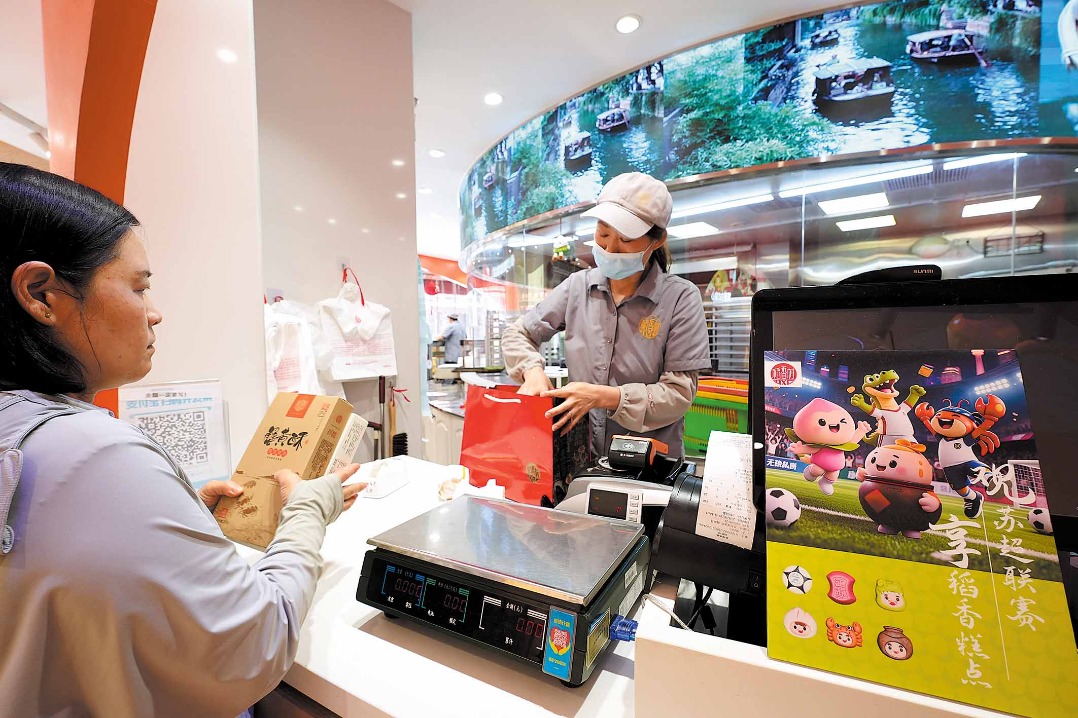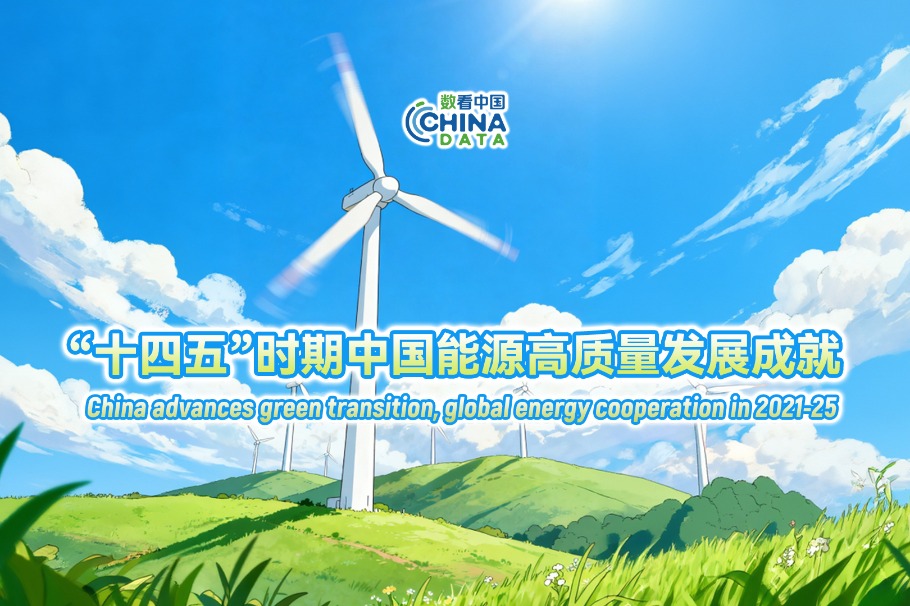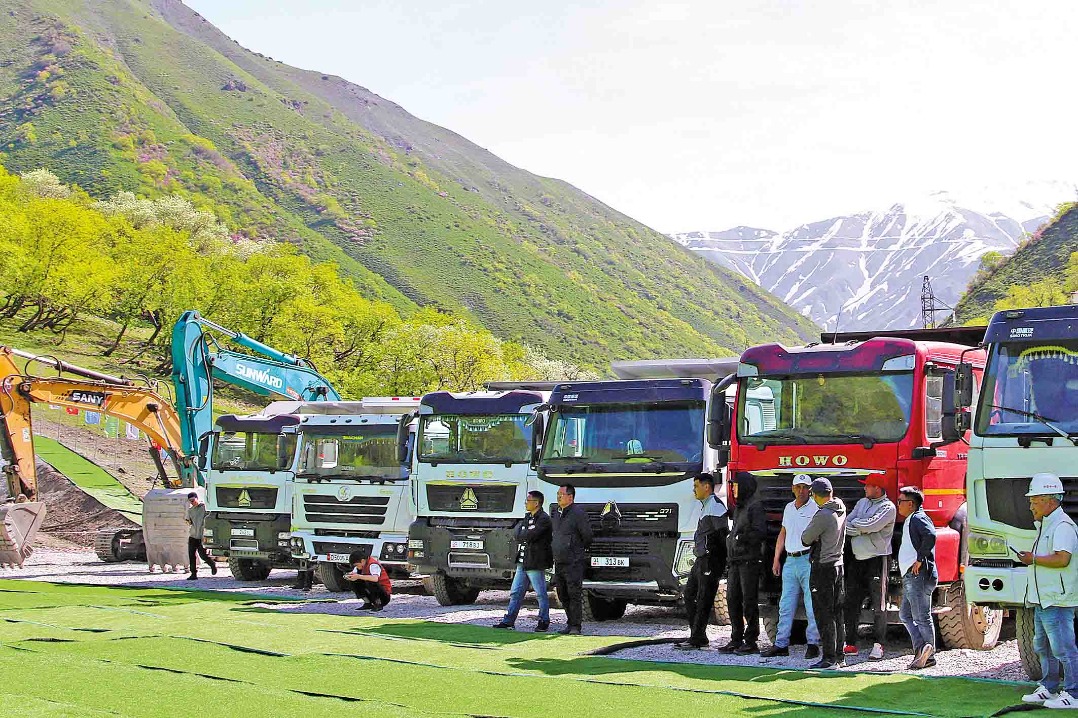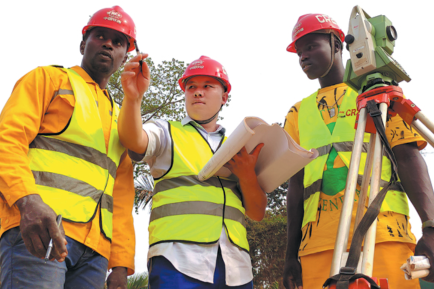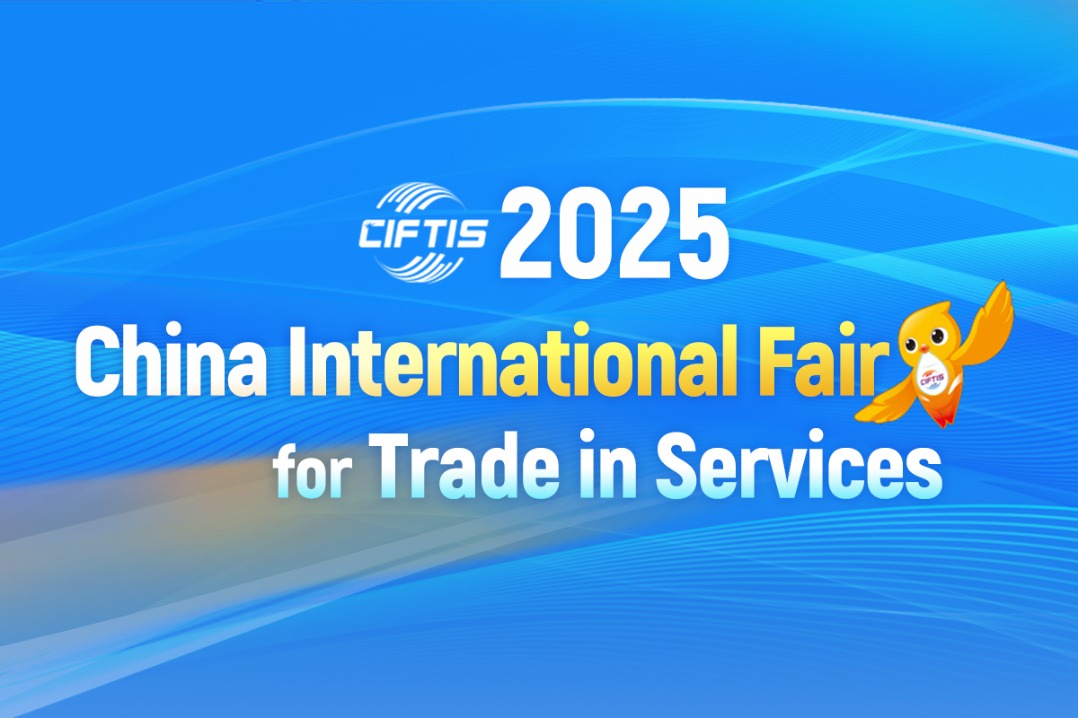Greater sophistication new hallmark of foreign business
Nation moves to technology-intensive, globally integrated model amid challenges

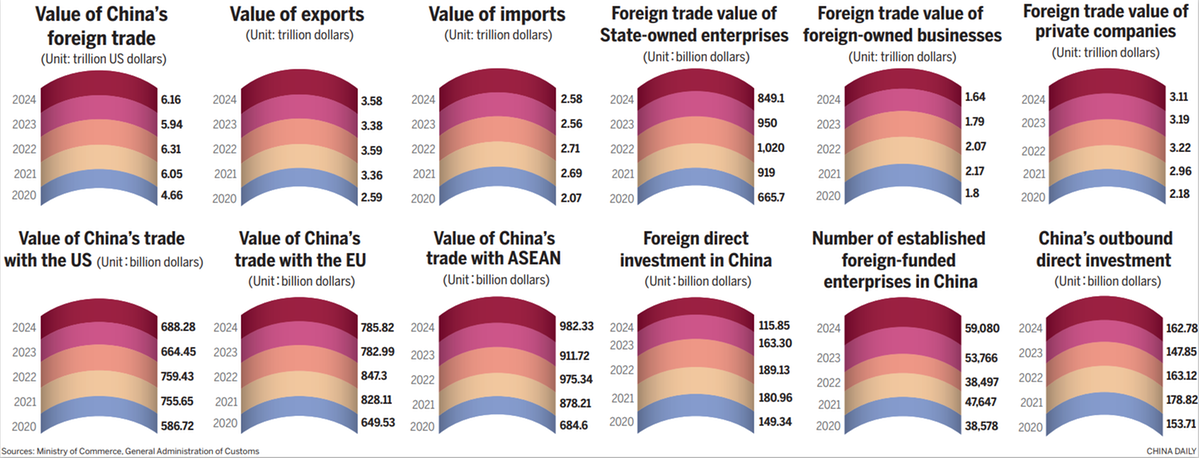
Agile supply chains
Despite global trade uncertainties and geopolitical challenges, trade experts said that China's foreign trade, backed by well-developed supply chains and opening-up policies, will gain further momentum over the long term as manufacturers shift toward more technology-intensive exports and strengthen ties with emerging markets.
China's foreign trade production and supply chains have grown more complete, agile and efficient, strengthening the nation's capacity to withstand external uncertainties and providing a solid foundation for sustained, high-quality trade growth, said Ying Pinguang, dean of Shanghai University of International Business and Economics' School of Global Governance.
Rising orders from Europe, economies participating in the Belt and Road Initiative and other emerging markets are fueling new growth engines for Chinese manufacturers, while accelerating the upgrade of China's export structure and strengthening its trade ties with major global partners, said Wan Zhe, a professor specializing in regional economic development at Beijing Normal University.
According to the latest data released by the GAC, China's foreign trade grew 4 percent year-on-year to 33.61 trillion yuan in the first three quarters of 2025.
Exports rose 7.1 percent year-on-year to 19.95 trillion yuan between January and September, while imports dipped 0.2 percent to 13.66 trillion yuan during the same period.
Meanwhile, China's trade with the Association of Southeast Asian Nations, Latin America, Africa and Central Asia rose 9.6 percent, 3.9 percent, 19.5 percent and 16.7 percent year-on-year, respectively. Trade with economies participating in the Belt and Road Initiative also climbed 6.2 percent year-on-year, accounting for 51.7 percent of China's total imports and exports — up 1.1 percentage points from a year earlier.
As economic globalization faces mounting challenges and unilateralism and protectionism continue to rise, China International Trade Representative Li Chenggang said the global economic order and governance system have come under growing strain.
In response, China has reaffirmed its commitment to the multilateral trading system and worked to expand its network of high-standard free trade agreements, advancing multilateral and regional cooperation in tandem, said Li, who is also vice-minister of commerce.
Regional focus
China and ASEAN are advancing their respective domestic ratification procedures to push for the formal signing of China-ASEAN Free Trade Area 3.0 by the end of this year.
Economic ties between China and ASEAN are expected to not only expand in scale but also improve in quality, Pov Somnang, special assistant to the ASEAN secretary-general.
He said the upgraded free trade agreement will lower tariffs on goods, widen market access for services and harmonize rules on intellectual property, environmental standards and digital trade, creating a more stable and open business environment for both sides.
As regional trade liberalization deepens, many Chinese manufacturers are seizing new opportunities to expand their overseas presence and upgrade their production through innovation and digitalization.
One of them is Ningbo Jingwei Systemtechnik Ltd, a manufacturer of printing, packaging and garment cutting equipment in Ningbo, Zhejiang province. The company began to accelerate the establishment of a global service network in 2021. It has set up after-sales service centers in Southeast Asia and Europe, cutting average maintenance response time by 50 percent and achieving localized operations.
Leveraging cross-border e-commerce, Ningbo Jingwei has directly reached overseas end customers and expanded its global presence. According to Ningbo Customs, the company's export value exceeded 110 million yuan in the first nine months of the year, growing 7 percent on a yearly basis.
"Looking ahead to the next five-year plan period, we will focus on deeper integration between artificial intelligence and intelligent cutting equipment to enhance autonomous learning and adaptive capabilities," said Zheng Zhaoze, the company's vice-president.
"We also plan to further expand our global footprint by setting up comprehensive service stations in more countries and regions, especially in emerging markets, shortening average maintenance response time even further, so that customers worldwide can enjoy faster and more personalized local services," said Zheng.


















